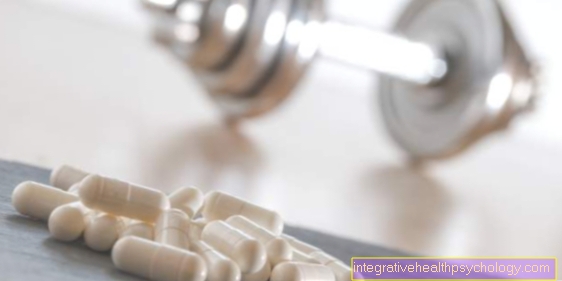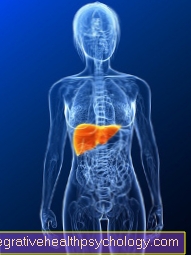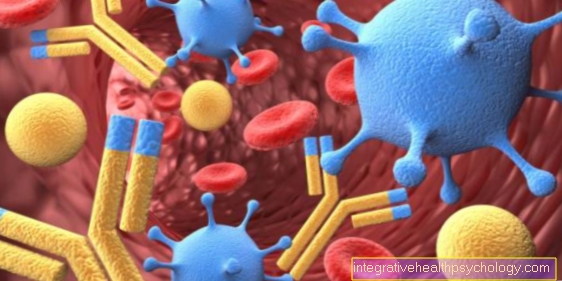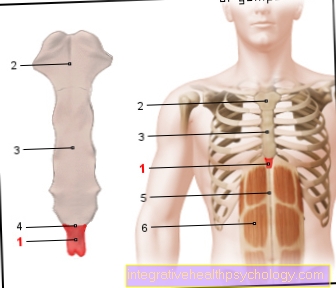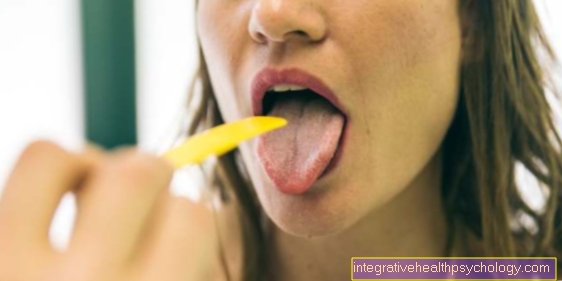Everything about the toothbrush
introduction
Good oral hygiene is essential for preventing tooth decay and periodontal diseases.
There are various tools available for cleaning your teeth. All have the goal of removing the bacterial plaque. The toothbrush is the most important tool alongside the toothpaste. Here's a glimpse of everything you need to know.

Structure of a toothbrush
The toothbrush can be divided into 3 important distinguishing features:
- The stem
- The brush head and
- The bristles
Brush handle
At first glance, the brush handles may not seem that important.
However, a comparison of different toothbrushes shows that there are clear differences between the toothbrush handles. Most importantly, a toothbrush handle should be firmly in the hand. It should therefore be ergonomically shaped, which means that it must enable fatigue-free cleaning. The toothbrush should be easy to guide and, if possible, there should be a support for the thumb.
To meet these requirements, the handle needs to be long enough and not too narrow so that it fits snugly in the hand. A rubber insert prevents it from turning. Toothbrushes with a kinked handle are intended to imitate a dental instrument and thus better capture hard-to-reach places.
Brush head
The brush head carries the bristles.
A brush head that is too long does not bring about better cleaning performance, on the contrary, the teeth can be reached much better with a short brush head, as the teeth are not arranged straight, but in an arched manner. With a short brush head, the inside of the teeth can also be better reached. This is not possible with a long head. There are special children's toothbrushes with extra small brush heads for the particularly tight jaws of children. The brush head has indentations in which the bristles are attached. The end of the brush head should be rounded to avoid injury.
Bristles
In the past, natural bristles were primarily used in toothbrushes. Today one has completely abandoned this and only uses plastic bristles.
Natural bristles have a number of disadvantages: they cannot be rounded, they have a medullary canal in which bacteria can settle, and they do not have a smooth surface, but are rather flaky, which promotes the growth of bacteria.
Plastic bristles do not have any of these disadvantages. They can be rounded, which prevents gum damage, they have no medullary canal and their surface is smooth. They are attached to the brush head either with the help of a small wire or by welding. The latter prevents hiding places for bacteria. In addition, plastic bristles are very flexible, they adapt to the shape of the tooth and have a high resilience. Plastic bristles can be produced in various degrees of hardness. They are available in hard, medium and soft degrees of hardness. Depending on the individual needs, you can choose the right toothbrush.
The bristle field
The bristle field of the toothbrush can be very different. There are a variety of ways to design the bristle field.
If the surface of the bristle field is flat, it is called a multi-tufted toothbrush. The individual tufts of bristles are perpendicular and parallel to one another. The bristles can be rounded very well in this arrangement. If the bristles are at an angle to each other, it is a V-toothbrush. It should be able to penetrate particularly well into the interdental spaces. Thanks to their high flexibility, multi-tufted brushes can also do this.
There are other variations of the multi-tufted toothbrushes. So the outer bristles can stand higher than the inner ones.In addition, the inner bristles are harder and the outer bristles are softer. This configuration is designed to cause the harder bristles to remove plaque and the softer ones to massage the gums.
standardization
The German Standards Committee has also set up standards for toothbrushes.
The hardness and flexibility of the bristles were measured and standardized using complex test procedures. The brush head and handles have also been standardized. Brushes that comply with this standard can be adorned with the DIN symbol. However, this regulation is not binding; it is up to each toothbrush manufacturer to decide.
You might also be interested in this topic: The first toothbrush for the baby
Which bristle hardness is right for me?
There are toothbrushes in different degrees of hardness hard, medium and soft.
People with insensitive gums and teeth can use hard toothbrushes. They have the highest cleaning power. However, if they are used with too much pressure, they can provoke bleeding gums and, for example, promote cleaning defects on exposed tooth necks.
The toothbrush with medium bristles is usually recommended. It is less uncomfortable to use, irritates the gums less than the hard one and has sufficient cleaning power.
The soft toothbrush is only recommended for very sensitive gums and exposed tooth necks. With it it is possible to brush over severely irritated gums. In the case of inflammation of the gums, it is especially important to remove plaque as this provokes the inflammation. However, with soft bristles you run the risk of exerting too much pressure on teeth and gums.
Toothbrush with natural bristles - useful?
Toothbrushes with natural bristles seem to be a good alternative to conventional plastic toothbrushes recently, with ecological awareness slowly increasing.
From a dental point of view, a toothbrush with natural bristles does not have any advantage. As a rule, rounded nylon filaments are used and also recommended. Natural bristles are usually animal hair. These cannot be rounded off as well at their tips as the synthetic nylon bristles. With their rough surface, they also offer niches in which bacteria and fungi can settle.
This means that the conventional toothbrush is more hygienic and can also be designed more individually with its synthetic bristles. When it comes to plastic waste for the consumer, toothbrushes with handles made of natural materials such as bamboo with nylon bristles are certainly a good compromise.
Manual toothbrush vs. electric toothbrush
You can choose between manual toothbrushes and electric toothbrushes. Basically, you can practice very good oral hygiene with both.
Especially with the manual toothbrush However, it depends on the correct application in order to achieve optimal results. For this reason, electric toothbrushes are recommended for less skilled people such as children and people with restricted mobility, which is often the case with older people. Often, however, it is also a matter of taste and habit.
Also read: The electric toothbrush for children
If you decide on a manual toothbrush, you should usually use a medium-hard toothbrush with a flat bristle field and a thick layer of parallel nylon filaments. If these are placed on the tooth at the right angle, the surfaces are cleared of deposits.
The bristles often do not penetrate into deep indentations and interdental spaces. Whether you use a hand or an electric toothbrush, additional aids such as dental floss are recommended here.
With electric brushes you have the choice between different movement patterns. Here, too, you should pay attention to a small brush head that moves in an oscillating-rotating manner. It is important not only to simply run over the teeth, but also to observe the length of time on the tooth and not to leave out any surface. Electric toothbrushes often have helpful functions such as a timer or a signal that warns you not to brush with too much pressure.
Learn more about the electric toothbrush
Toothbrushes with ultrasound
Toothbrushes with ultrasound are not that widely used yet. The toothpaste is spread over the tooth surface and vibrated by the ultrasonic toothbrush. These vibrations can have a frequency of up to 16kHZ, which corresponds to ultrasound. As a result of these vibrations, small bubbles form on the tooth surface, which burst there and detach the plaque from the tooth.
Since you don't have to exert mechanical pressure on teeth and gums with the ultrasonic toothbrush, this toothbrush is particularly suitable for people with sensitive teeth or gums. In addition, surfaces that are difficult to access, such as those found on braces wearers, can also be reached. Ultrasonic brushes are not to be confused with electrical sonic brushes, which use vibrations in the lower frequency range only in addition to mechanical cleaning.
The main article can be found here: The ultrasonic toothbrush
Toothbrush for the spaces in between
Even if you can use your toothbrush very well and brush optimally, special aids are essential for cleaning the spaces between your teeth.
Here you can use dental floss, dental sticks and interdental brushes (= interdental brushes). Interdental space brushes are small brushes with a holder, which usually consist of plastic bristles arranged in a spiral. Above all, they can be used to clean larger interdental spaces, bridges and braces.
Find out more about: Toothbrush for the spaces in between
Often there are depressions of the roots or the tooth surface in the gaps between the gums. The interdental brushes are particularly recommended here, as they achieve a larger contact area with the tooth compared to dental floss and thus clean it mechanically better. You can buy them in different sizes and materials. Usually they are twisted by a metal wire. There are now also some that are made entirely of plastic. In addition to interdental brushes, floss is the best way to clean interdental spaces. In contrast to brushes, this also comes to the tooth surface in tight spaces between the teeth, or directly to tooth contacts.
also read: Interdental brushes - how good are they really?
Toothbrushes for braces
Fixed braces make it very difficult to thoroughly clean your teeth. Many areas are very difficult to access due to the apparatus.
Simply brushing with a manual toothbrush or an electric toothbrush is not enough here. Ultrasonic toothbrushes provide a considerable advantage here compared to mechanical cleaning with other toothbrushes, since the vibration can also spread around the wire and the brackets.
But not everyone has an ultrasonic toothbrush and additional aids are strongly recommended here. Because if you fail to keep your teeth free of plaque during an orthodontic treatment, irreversible demineralization often forms around the brackets, so-called "white spots". These are, so to speak, light-colored impressions or stains on the teeth, which usually only really come to light when the braces are removed. To prevent this, the use of interdental brushes is recommended, as well as dental floss, such as "Super float". This has a reinforced end that you can thread through the interdental spaces and the wire and then remove the plaque with small movements. Mouth rinses can also be used. Weekly fluoridation of the teeth is also recommended.
Learn more about: Fluoridation of teeth
How often should you change your toothbrush?
It is recommended that you change your toothbrush every 6 to 8 weeks.
If it looks particularly worn beforehand, it should of course be changed beforehand. The bristles must always be parallel to each other to ensure optimal cleaning. In addition, bacteria and germs collect on the toothbrush and multiply over time. So in order not to additionally contaminate yourself with bacteria when brushing your teeth, it is necessary to change them regularly.
This also applies, for example, after an infection in the oral cavity or a cold.
Toothbrush care
Toothbrushes do not require any special care or disinfection.
Although the brushes in the oral cavity are colonized with the microorganisms present there, storage in a dry place is sufficient because the bacteria need a warm and moist environment and dryness causes them to die. After brushing your teeth, however, the toothbrush should be cleaned of toothpaste residues. The toothbrush should be changed after 6 to 8 weeks, however, as used toothbrushes with bent bristles can damage the gums. In addition, the rounding is lost over time.
Also read our article: dental care
Summary
The most important tool for oral hygiene is the toothbrush. It consists of the handle, the brush head and the bristles, which should be made of plastic. The handles, heads and bristle configurations are available in different designs. A non-binding standard should make the selection easier. Toothbrushes do not require any special care.
Recommendations from our editorial team
- Baby's First Toothbrush - You Must Know That!
- Brushing your teeth - this is how it works
- Dental care for children
- Everything to do with toothpaste
- Chewing gum for dental care?






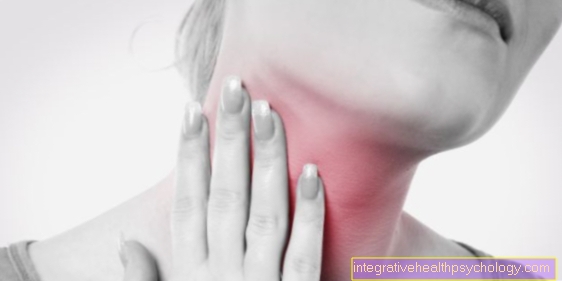


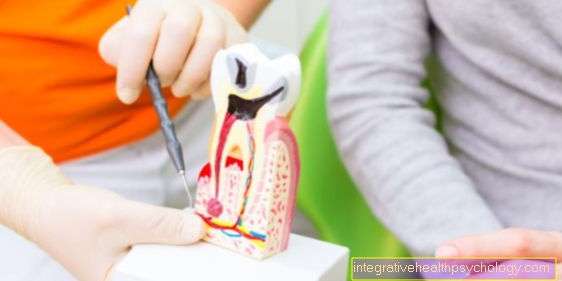
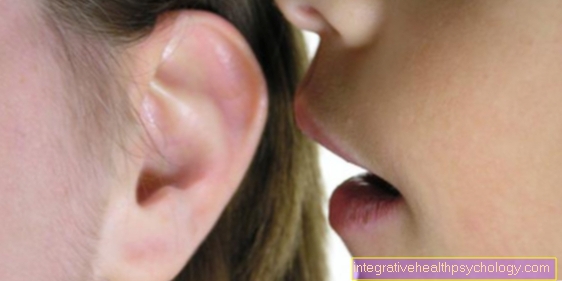



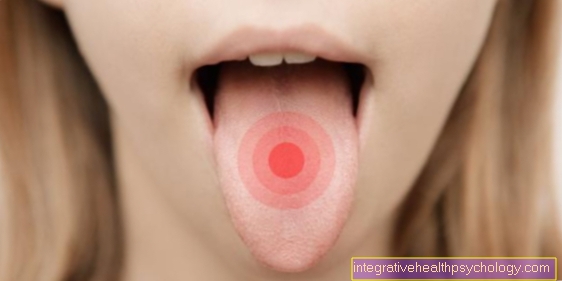
.jpg)



